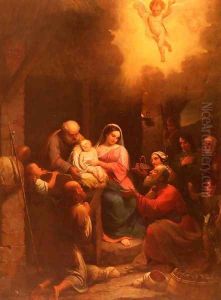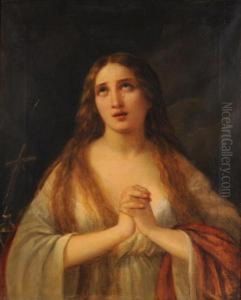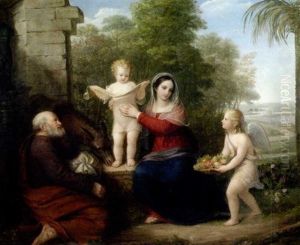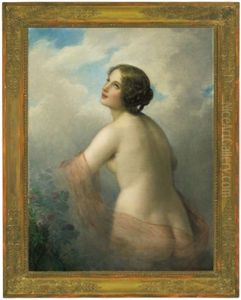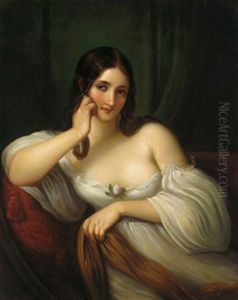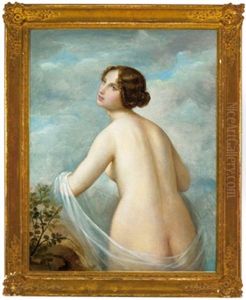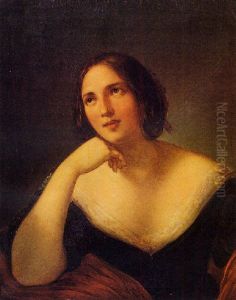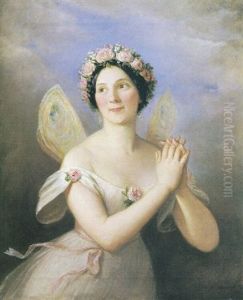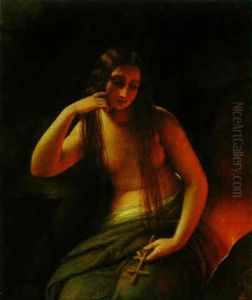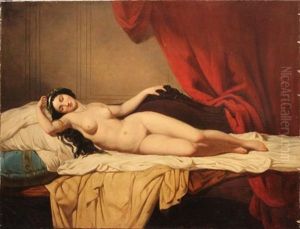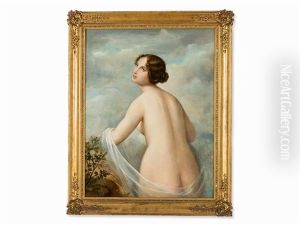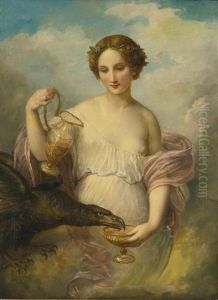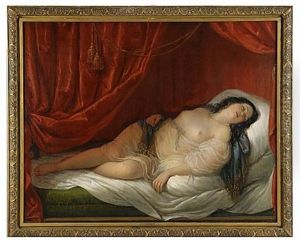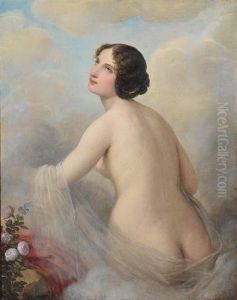Natale Schiavoni Paintings
Natale Schiavoni was an Italian painter and engraver, recognized for his portraits and historical subjects. Born on November 25, 1777, in Chioggia, near Venice, he initially trained with his father, a modest ship painter, before moving to Venice to study under the guidance of more established artists such as Francesco Maggiotto and the neoclassical painter Giuseppe Nogari.
Schiavoni's early career was marked by his works in the neoclassical style, and he rapidly gained recognition for his talents in portraiture and his ability to capture the sensibilities of his era. His portraits were particularly appreciated for their elegance, refined colors, and the psychological insight with which he portrayed his subjects. Schiavoni's style evolved over time, integrating influences from the Romantic movement, which allowed him to explore more dynamic compositions and emotive subjects.
In 1815, Schiavoni moved to Milan, where he became part of the Brera Academy and further developed his career by receiving important commissions that included portraits of the Austrian imperial family and other European nobility. His success enabled him to travel, and he spent a significant amount of time in Vienna, where his work was highly regarded.
Schiavoni's historical and mythological paintings are also noteworthy, characterized by their dramatic expressiveness and often infused with a sensuous quality that was typical of the Romantic period. In his later years, he became director of the Venice Academy, where he influenced a new generation of Italian artists.
He died on April 16, 1858, in Venice. Today, Schiavoni's works can be found in various art collections, museums, and galleries across Europe, showcasing the transition from neoclassicism to Romanticism in Italian art. His legacy as a portraitist and historical painter remains significant in the context of 19th-century European art.

